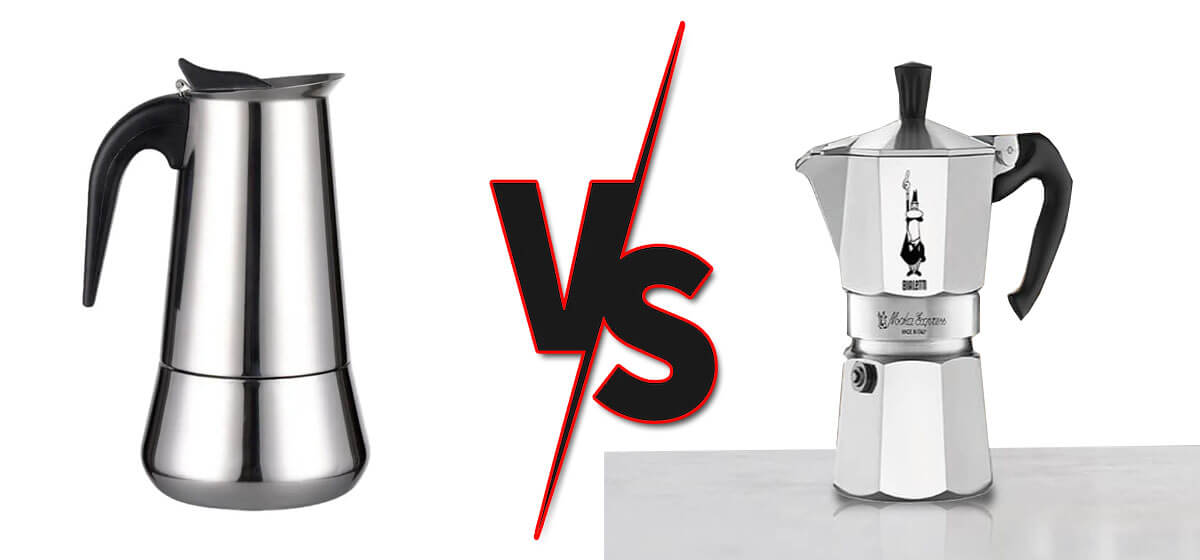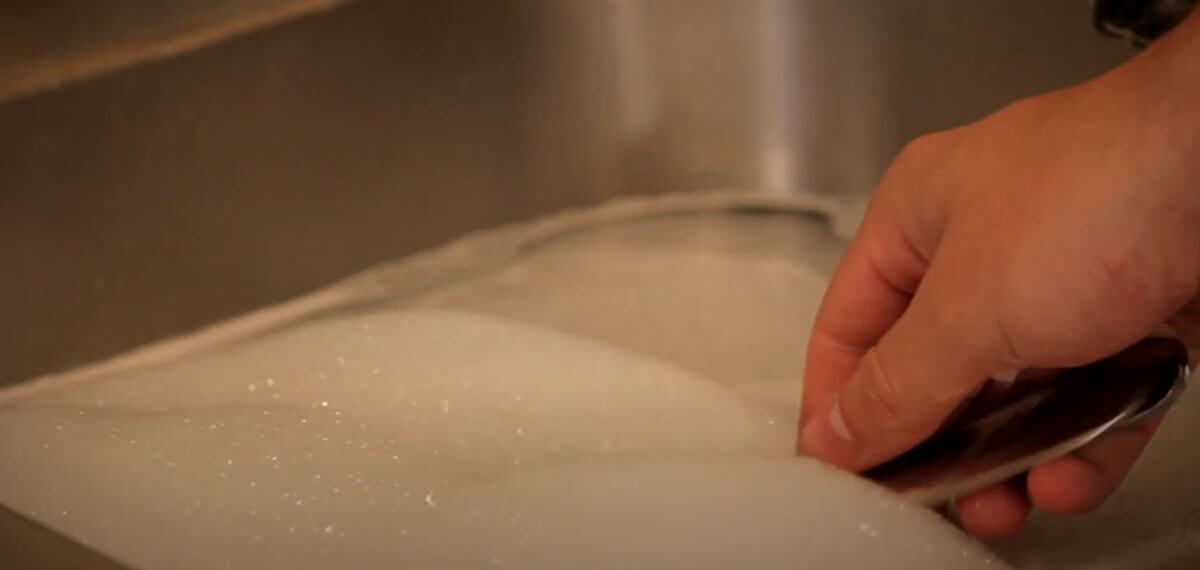Flatware vs Silverware Deep Comparison 2023
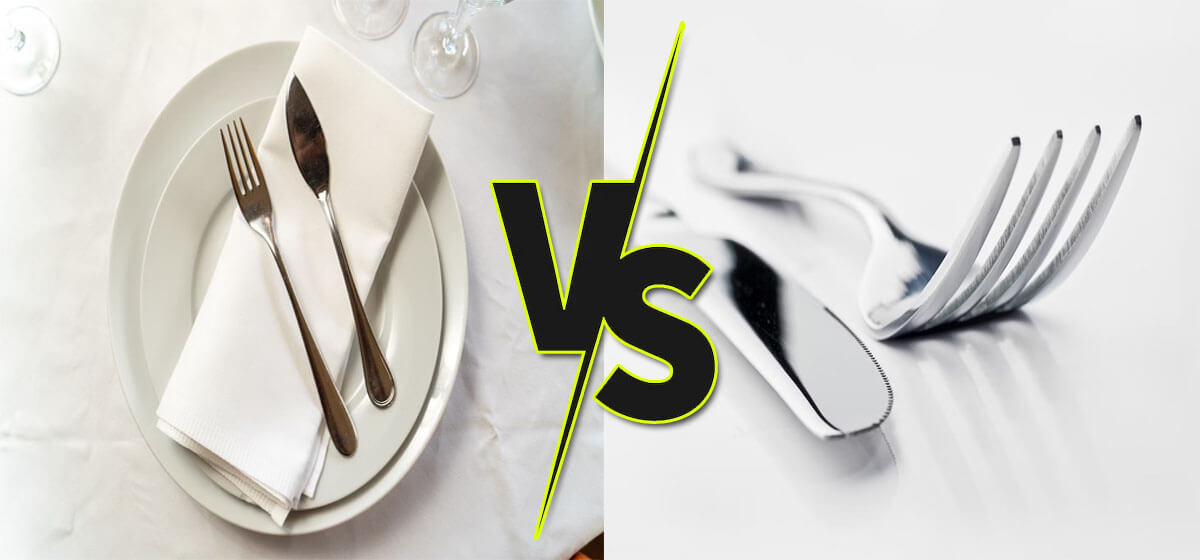
As an Amazon Associate I earn from qualifying purchases.
Are you out shopping for new cutlery but need clarification on flatware and silverware? Whether you want to fill the drawers of a newly furnished kitchen or spruce up your existing set, understanding what distinguishes flatware from silverware is essential.
In this blog post, we’ll touch on the intricate details that separate these two fascinating utensils, highlighting key characteristics so you can make an informed decision quickly!
Introduce the differences between flatware and silverware.
Flatware typically refers to utensils made from stainless steel or other metal alloys, while silverware is generally used to describe utensils crafted out of sterling silver.
The two materials are quite different when it comes to durability and longevity. Stainless steel flatware is known for its ruggedness and resistance to corrosion, making it a popular choice among many households and restaurants.
Silverware, on the other hand, is prized for its luster and shine. The silver material gives off an elegant look that instantly adds sophistication to any setting. However, it does require careful handling and frequent polishing to maintain its pristine condition.
When it comes to cost, flatware sets are usually much more affordable than their silver counterparts. Silverware is worth its weight in gold – you can expect to pay a considerable sum for quality sets.
Discuss the materials used in flatware and silverware.
Flatware is usually made from various metals, including steel, titanium, brass, and copper. Steel is the most common material used in flatware as it offers an attractive combination of affordability and durability.
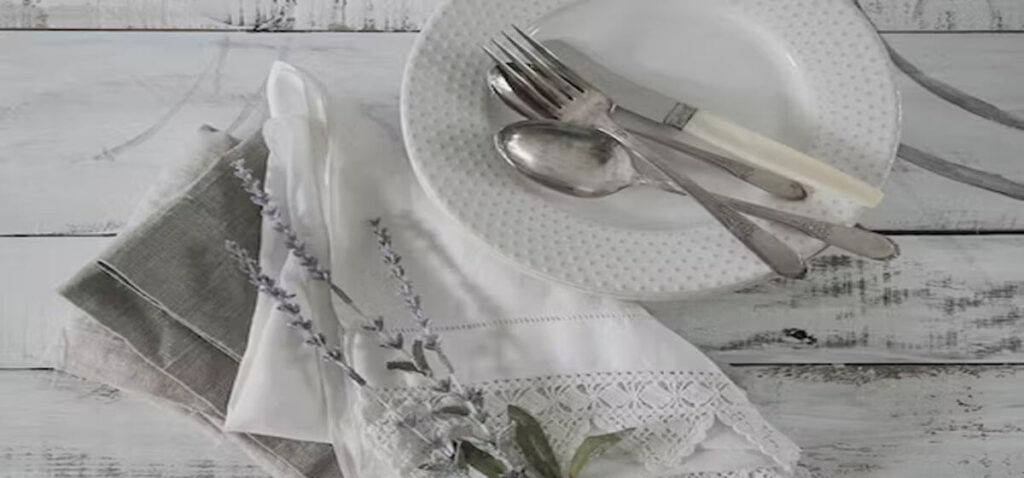
Alternatively, silverware can be crafted from several precious metals, such as sterling silver or nickel-silver alloys. Sterling silver is the most expensive and luxurious material used in silverware and can be easily identified by its hallmark. Nickel-silver alloys are more affordable than sterling silver but lack the same level of shine.
Explore the various types of flatware and silverware available on the market.
Flatware sets come in many shapes and sizes, from sleek modern designs to ornate traditional pieces. Various materials, such as stainless steel, silver, and gold-plated options, are also available. Furthermore, flatware sets may feature intricate engravings or colorful accents that can add an extra style to your table setting.
Silverware sets are also characterized by their unique designs and styles. Traditional designs often feature ornate patterns or intricate engravings that can add a touch of sophistication to any table setting. Modern silverware pieces, on the other hand, usually feature sleek lines and minimalistic aesthetics.
Compare the costs of flatware vs. silverware.
Flatware sets are generally more affordable than silverware. A quality flatware set can cost anywhere from $50 to $200, depending on the material and design features.
Silverware is significantly pricier, with high-end sterling silver pieces costing upwards of $500 or more. However, the cost may be more manageable if you opt for a nickel-silver alloy or plated option.
Consider the care and maintenance needed for flatware vs. silverware.
Flatware is relatively low-maintenance and can usually be cleaned in a dishwasher. However, cleaning silver flatware by hand is best to avoid scratches. Silver flatware should also be stored carefully, as moisture or heat can cause rusting or discoloration.
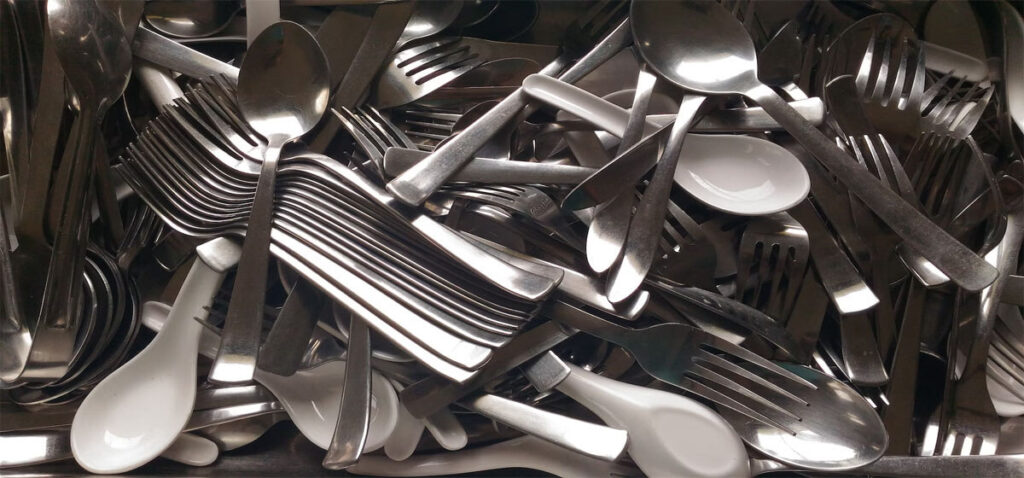
Silverware, on the other hand, requires more maintenance and care. It should never be placed in a dishwasher as it can damage the silver material.
Instead, it should be washed and polished by hand with a soft cloth to keep its luster intact. Silverware should also be stored carefully to prevent tarnishing or discoloration, as with flatware sets.
Evaluate the durability of each material.
Flatware is known for its ruggedness and durability. Stainless steel flatware can typically withstand the wear and tear of everyday use without showing signs of corrosion or discoloration.
Silverware sets require more care and maintenance to preserve their luster and shine. It’s important to take extra precautions when handling silver items.
Read More: Moka pot vs French press [In Deep Comparison]
Describe how to care for your flatware and silverware properly.
To keep your flatware looking good and lasting as long as possible, it’s important to take proper care of it. Washing stainless steel flatware in the dishwasher with a mild detergent or by hand with a gentle sponge and warm water is best. After washing, dry each piece thoroughly before storing it away.
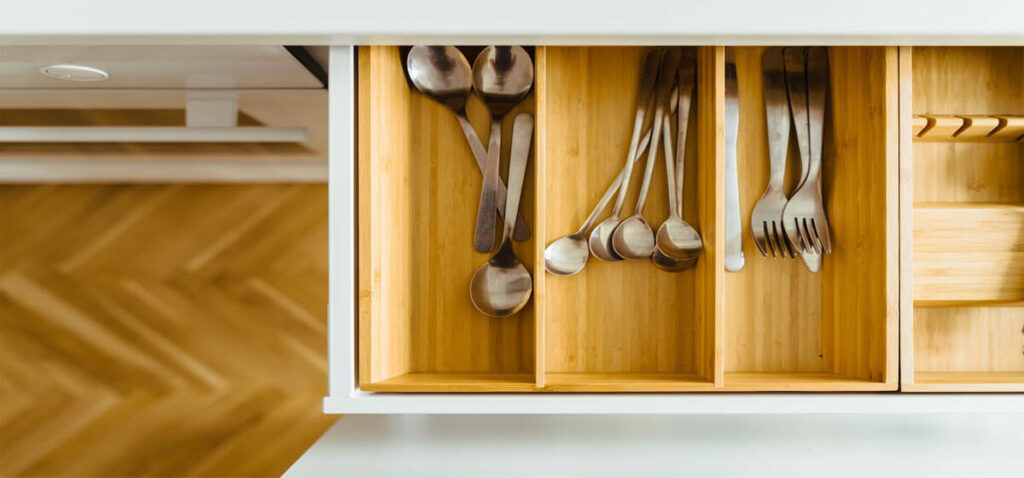
Silverware needs even more care and attention. It should be washed by hand with a soft cloth using mild detergent, rinsed thoroughly, and dried immediately after washing to prevent tarnishing. After drying, silverware should be carefully stored in a dry place away from moisture or heat to ensure its longevity.
Conclusion
When it comes time to shop for new cutlery, understanding the differences between flatware and silverware is essential. Flatware is usually more affordable and durable than silverware but requires less care and maintenance.
Silverware offers a touch of sophistication that cannot be achieved with any other material, but it does require more care and attention to keep its luster intact. No matter which type of cutlery you decide on, it can last for many years with proper care and maintenance.
When selecting flatware or silverware, always look for quality pieces made from robust materials designed to last. It is also important to consider the design of your cutlery – whether you prefer sleek modern pieces or more ornate traditional designs. With a little research, you should be able to find the perfect set of flatware or silverware for your needs.
Finally, it is important to take care of your cutlery properly. Flatware can usually be washed in a dishwasher, while silverware should always be hand-washed with a gentle cloth and mild detergent. After washing, dry each piece thoroughly before storing it to ensure longevity. Taking good care of your cutlery will help them last for many years.
Amazon and the Amazon logo are trademarks of Amazon.com, Inc, or its affiliates.


